
They’re two juggernauts of the mid-sized SUV space. Between them, the Toyota RAV4 and Mazda CX-5 account for more than 30 per cent of their category’s market share in Australia and come 2026 we’ll see brand-new iterations of both. In base specification neither will move the needle much, each retaining its existing 2.5-litre petrol drivetrain (a hybrid in the RAV4’s case), but Toyota will introduce a PHEV version and Mazda promises a hybrid is in the pipeline. This latest generation (the sixth for the RAV4 and third for the CX-5) also brings some subtle changes. Let’s see how these fierce competitors will stack up in 2026.
When it announced the new RAV4 earlier this year, Toyota confirmed it would offer its SUV in three spec levels: Core, Adventure and GR Sport. The 2WD Core will look to satisfy the RAV4’s more urban buyers with smoother suspension, while the off-road biased Adventure will have AWD, bigger wheels and a terrain monitor. The GR Sport will also have AWD but with performance-focused variances such as uprated dampers, a more rigid body and sports-tuned steering.
Mazda did not disclose a model range during its announcement of the 2026 CX-5, although available information indicates it has dropped the 2.0-litre front-wheel drive base model. If the range follows the previous generation’s nomenclature, it will likely mean Maxx Sport, Touring, GT SP and Akera models, plus the hybrid variant(s).
Neither marque has released official pricing, but if we assume a modest increase for both over the current generation then the base model offerings will look like this:
| Model | Mazda | Toyota RAV4 |
| Variants | Max Sport | Core |
| Price | $45,000 | $46,000 |
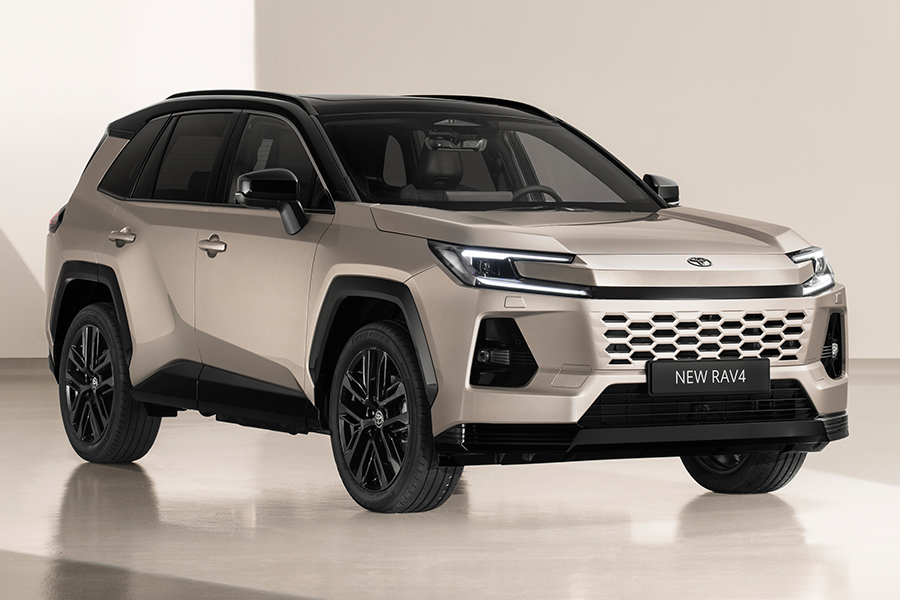
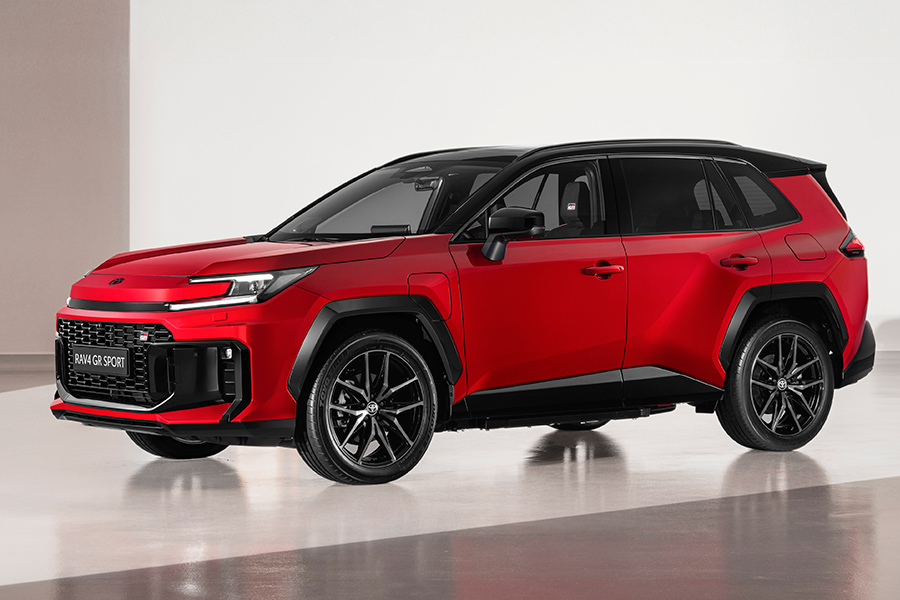
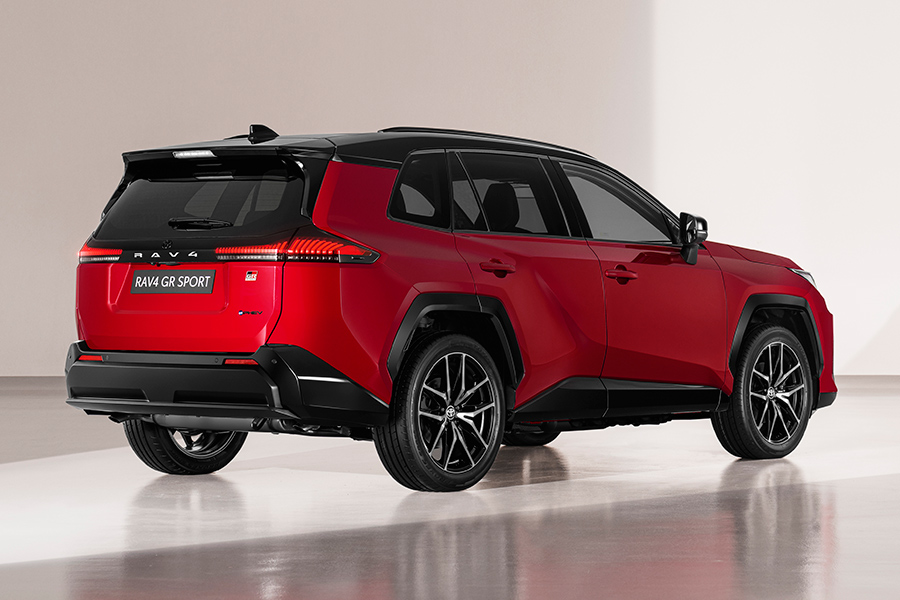
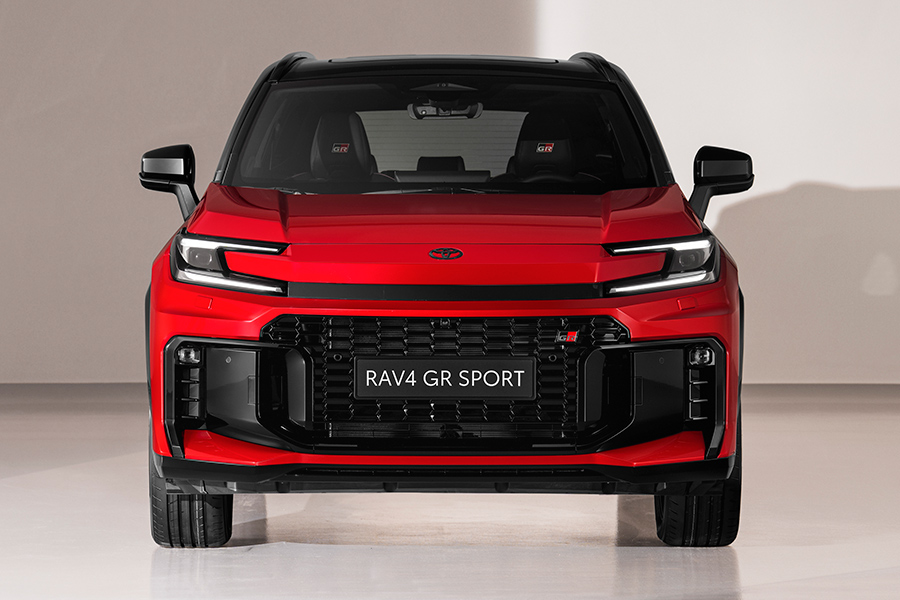
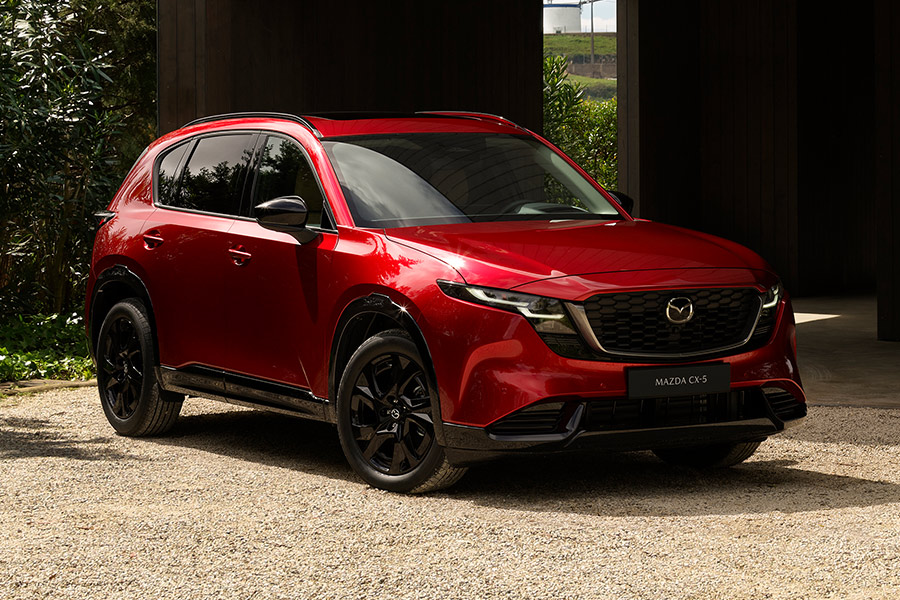
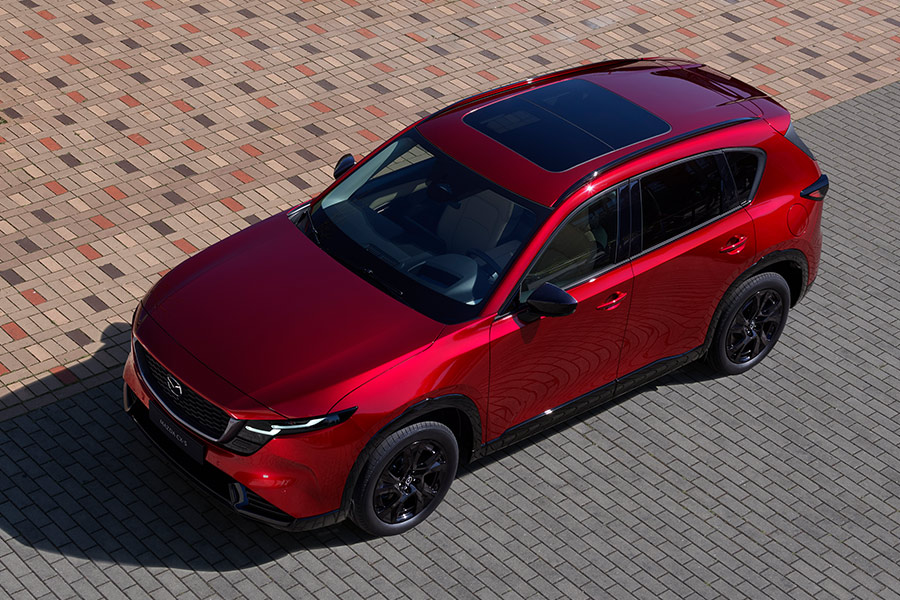
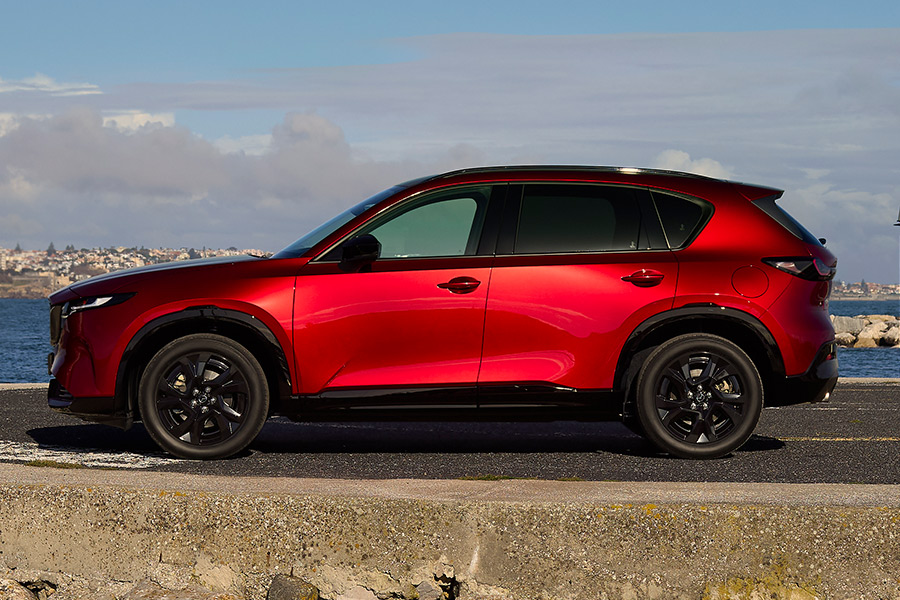

— Kris Ashton
Performance and economy
Not much will change on the performance and economy front, at least where the base-model CX-5 and RAV4 are concerned.
Mazda has reconfigured its 2.5-litre turbo SkyActiv engine for the third generation to make it either more responsive or smoother and quieter depending on driver input. A side-effect of this is slightly reduced power and torque (down from 140kW/252Nm) but it should also result in a minor reduction in fuel consumption, which is 7.5L/100km in the current model.
The RAV4’s already impressive 4.8L/100km fuel figure is unlikely to change much with the new generation and, even eight years in, its hybrid drivetrain remains one of the best performers in its class.
It will be another story altogether in the higher grades, with Mazda’s hybrid variant likely to improve substantially on the turbo petrol’s power and torque figures, while Toyota has confirmed its plug-in hybrid (PHEV) RAV4 will add a 150kW electric motor for a combined system output of 201kW in 2WD models and 227kW on AWD models. It will also travel up to 150km on pure electric power and 1350km in hybrid mode.
|
Model |
Mazda CX-5 |
Toyota RAV4 |
| Variants | Max Sport | Core |
|
Engine |
2.5-litre four-cylinder turbo petrol | 2.5-litre four-cylinder petrol-hybrid |
| Gearbox/drive | Six-speed auto/AWD | CVT/FWD |
| Fuel consumption (combined) | 7.3L/100km | 4.8L/100km |
| Power Output (kW) | 132 | 160 |
| Torque (Nm) | 242 | 221 |
| Acceleration (secs, 0-100) | Not specified | Not specified |
| Tare mass (kg) | 1641 | 1650 |
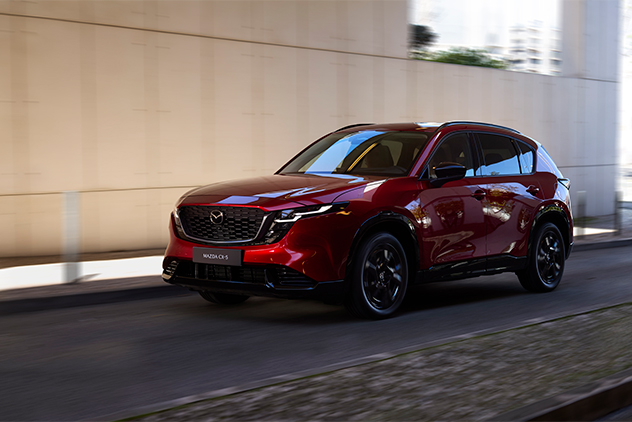
2026 Mazda CX-5
Cargo volume has increased in the next-gen CX-5 and RAV4, according to their respective manufacturers, although how much exactly is pure speculation – we’ve added 10 litres to the RAV4 and 20 litres to the CX-5 for the sake of comparison.
Cargo space has often been Mazda’s Achillies heel in SUV comparisons and while a 115mm increase to its overall length is substantial the CX-5 will likely still trail the RAV4. The reverse is true when it comes to towing, however, with the Mazda outmuscling the Toyota both braked and unbraked. It’s worth noting that the PHEV versions of the 2026 Toyota RAV4 will be rated up to 1500kg braked – still not quite matching the petrol CX-5, but a much more useful capacity.
Base model CX-5s and RAV4s can accept 91 RON unleaded petrol and there’s not much difference in their fuel tank capacity, although the RAV’s superior economy makes it much cheaper to run.
|
Model |
Mazda CX-5 |
Toyota RAV4 |
| Variants | Max Sport | Core |
| Fuel tank (litres) | 58 | 55 |
| Fuel type (min RON) | Unleaded (91) | Unleaded (91) |
| Cargo space (litres) | 530 | 552 |
| Tow Rating braked / unbraked (kg) | 750/1800 | 480/480 |
Size
While both the CX-5 and RAV4 will see increases in their dimensions for 2026 models, not a lot will change. Mazda has tended to prioritize the engine bay and interior space over cargo volume in its SUVs, while Toyota has opted for a more even spread. In overall size there is almost nothing between the CX-5 and RAV4, the former’s 115mm increase in length and 15mm addition to width for the new model now giving it a slight advantage in everything but height.
|
Model |
Mazda CX-5 |
Toyota RAV4 |
| Variants | Max Sport | Core |
| Length (mm) | 4665 | 4620 |
| Width (mm) | 1861 | 1855 |
| Height (mm) | 1675 | 1685 |
| Running Clearance | 193 | 190 |
| Wheelbase (mm) | 2815 | 2690 |

2026 Toyota RAV4
Both Mazda and Toyota have stuck to five-year/unlimited kilometre warranties, which isn’t especially impressive in the age of seven-plus years from many other brands. That said, Toyota also covers the battery in its hybrids for eight years or 160,000km (whichever comes first) and warrants the driveline for an additional two years if the owner sticks to Toyota’s servicing schedule. It will be interesting to see what Mazda offers for its hybrid once it hits the market.
When it comes to annual fuel expenses, there’s no comparison – the CX-5 costs almost twice as much to run as the RAV4 according to the Green Vehicle Guide (although this will surely change with the hybrid CX-5). The story is no better for CX-5 owners when it comes to capped price servicing, which is $1850 over five years compared to the RAV4’s $1075.
|
Model |
Mazda CX-5 |
Toyota RAV4 |
| Vehicle Warranty | 5 years/unlimited km | 5 years/unlimited km |
| Annual Fuel Cost* | $2101 | $1204 |
* Source: Green Vehicle Guide.
Until we get firm details on the hybrid Mazda CX-5 it’s hard to make definitive statements, but based on what we do know the Toyota RAV4 is shaping up to be the better option for a 2026 purchase. The updated infotainment and in-cabin technology debuting in the next-gen CX-5 looks very enticing and the Mazda will still have the edge in towing, but on just about every other measure that matters in the mid-sized SUV segment – performance, practicality and economy – the RAV4 has the advantage.